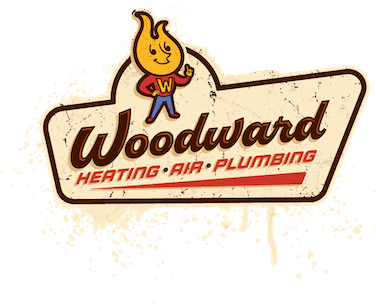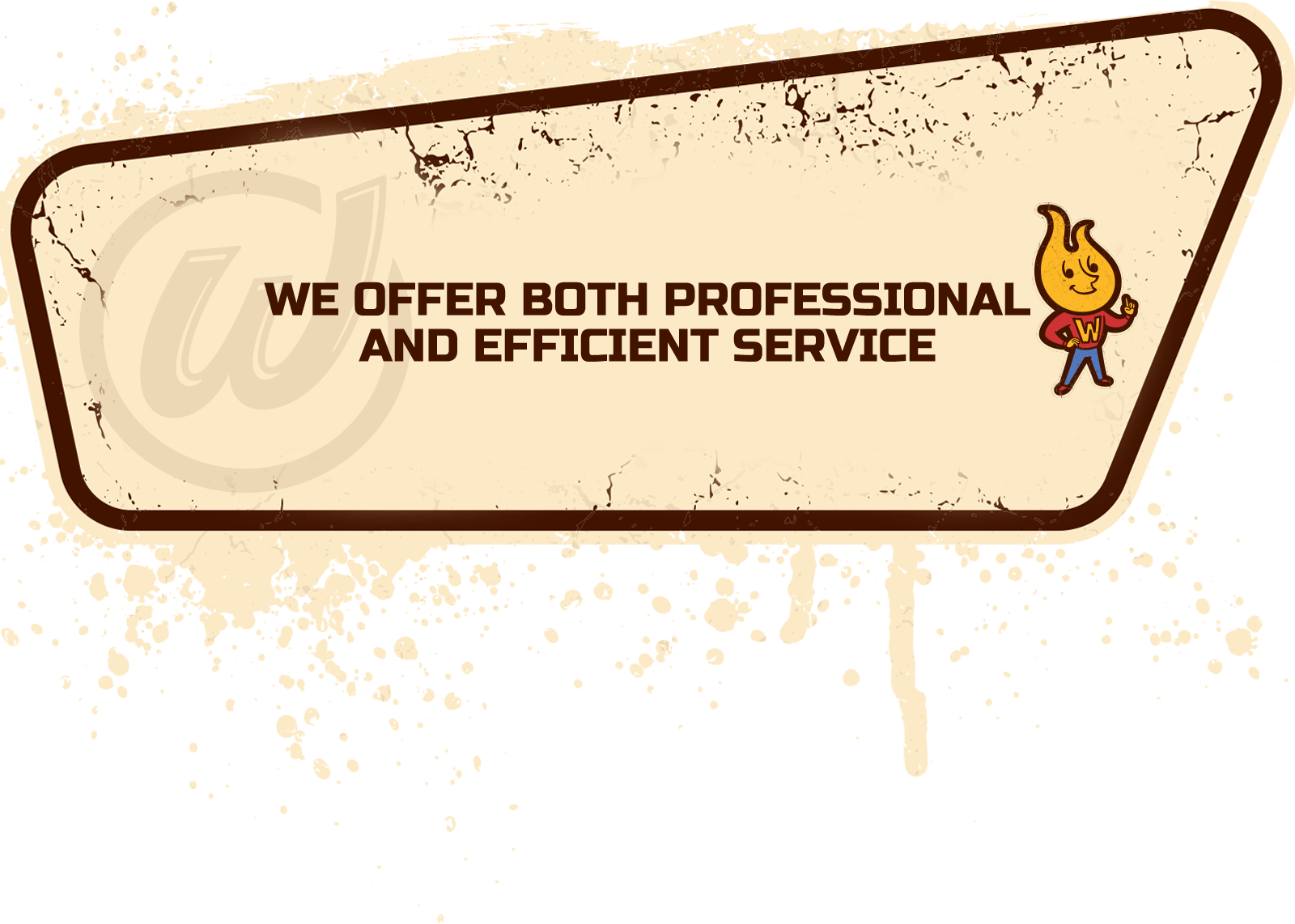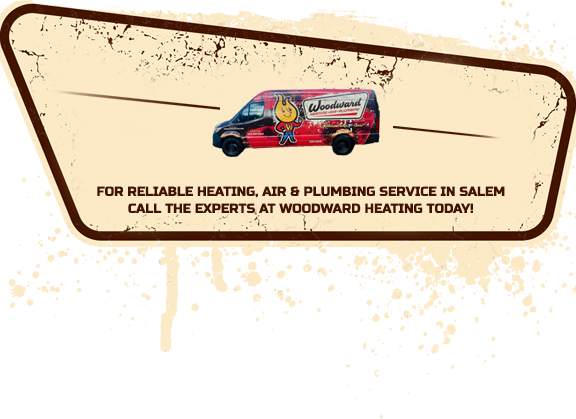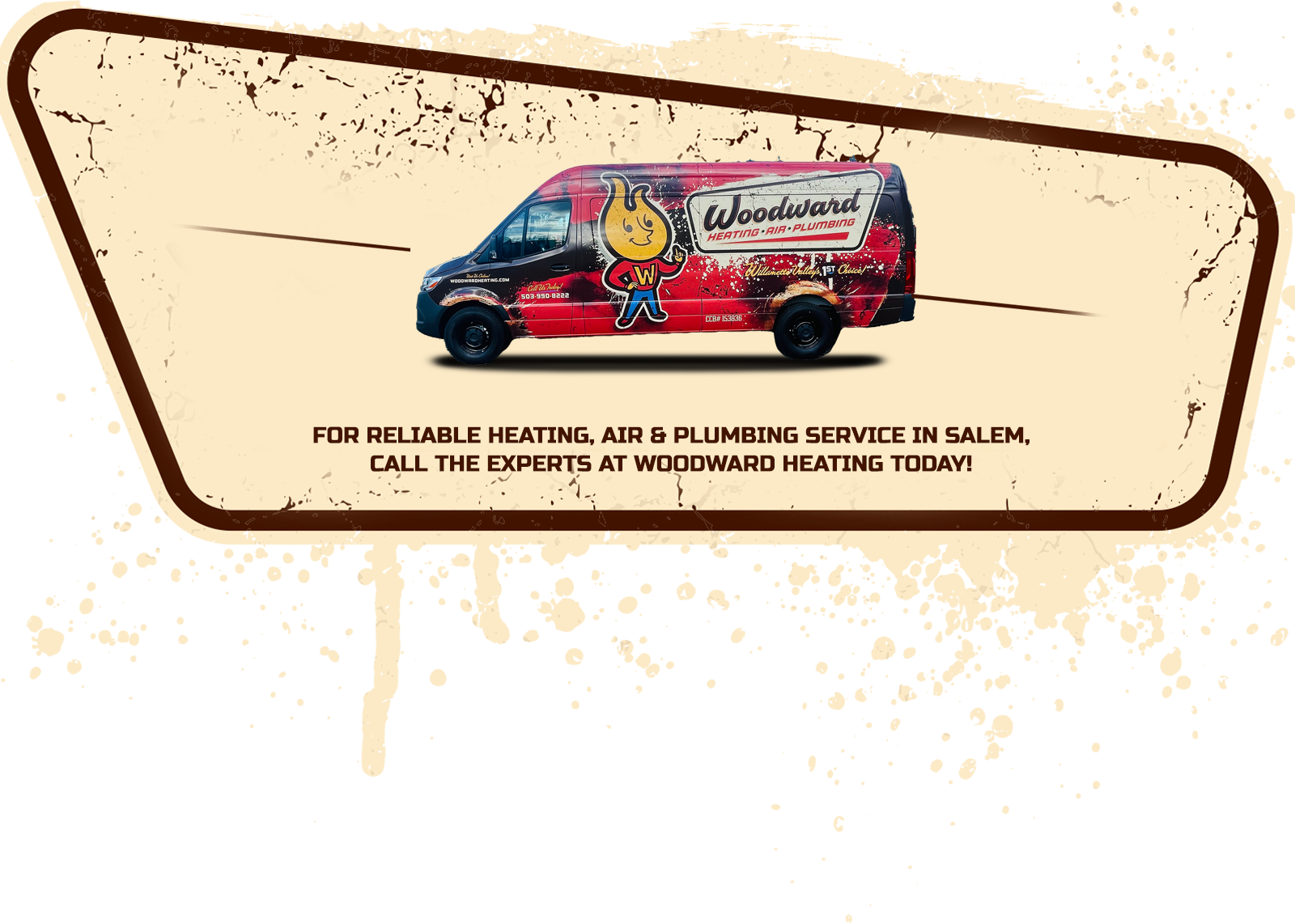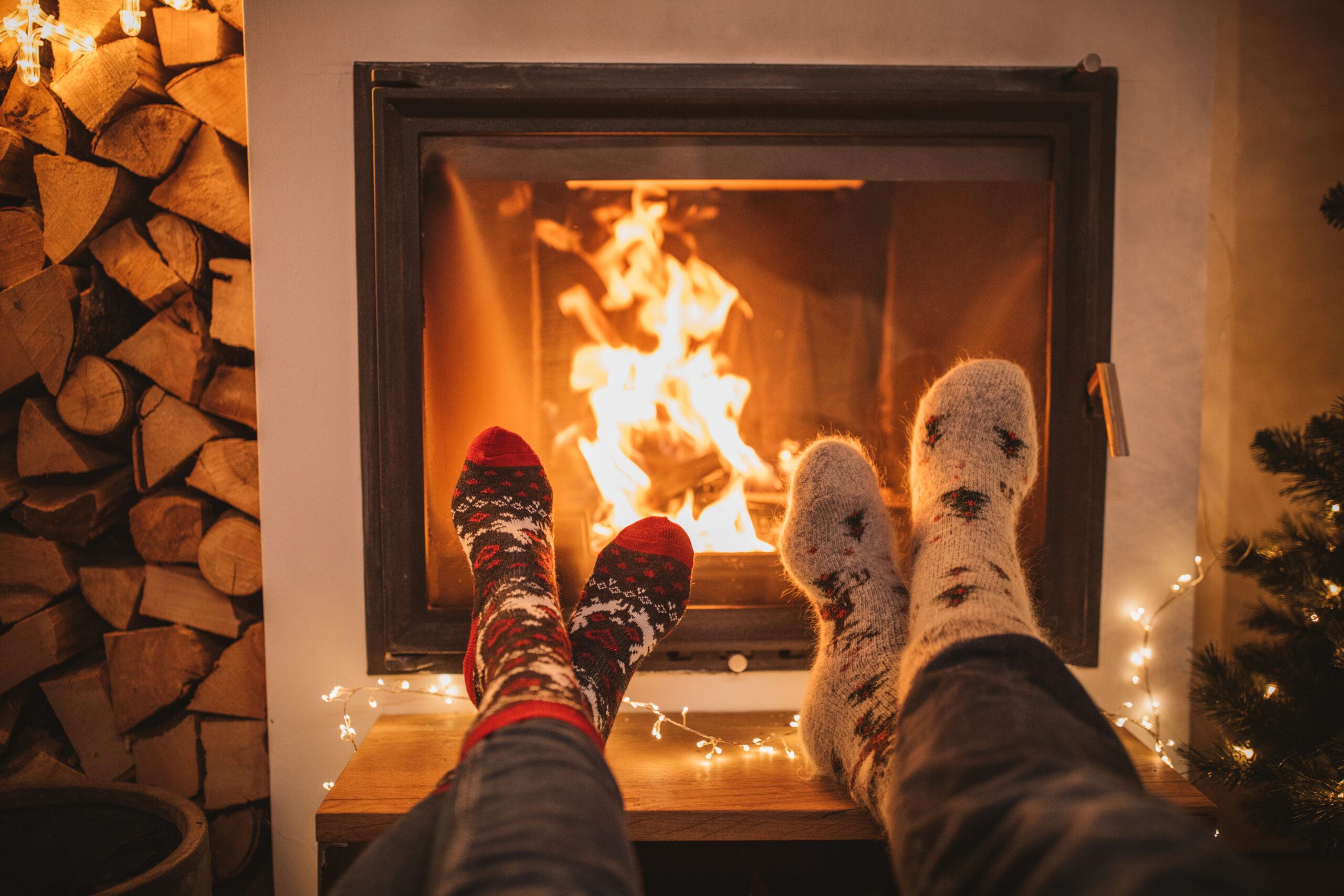
You cannot overestimate the importance of timely maintenance and repairs for your Salem fireplace. A fireplace keeps your home warm, adds ambiance, and can help mitigate energy expenses, especially if you use your fireplace in addition to or instead of your furnace. Neglecting fireplace repairs can pose significant risks, including compromising air quality and heating efficiency, and increasing the chance of fires starting in the chimney. To ensure that your fireplace functions as it should, address any repairs promptly.
Keeps Your Fireplace Efficient and Safe
Failing to maintain and repair your fireplace properly can result in one of the biggest issues: inefficient heating. A cracked flue liner can impede the proper flow of smoke and gases, leading to incomplete combustion and reduced fireplace efficiency. Promptly addressing these issues can help avoid problems and optimize your fireplace performance. Repairs may involve comprehensive masonry solutions and chimney care, ensuring that your fireplace functions effectively for an extended period.
Keeps Indoor Air Quality High
The deterioration of chimney bricks can have a detrimental impact on indoor air quality. Damaged or cracked bricks can release dangerous gases, including carbon monoxide. When these gases enter your living space, they pose health risks to the building’s occupants. Timely chimney brick repair and repair of other components is crucial to prevent compromising indoor air quality.
A common issue with fireplaces is the deterioration of mortar joints between the bricks. These gaps can serve as a passageway for dangerous gases to seep into the home. Brick repair, mortar repair, and addressing other chimney issues can help safeguard the air quality within your home.
Prevents Chimney Fires
Chimney fires are a surprisingly common occurrence in the United States. More than 25,000 chimney fires happen each year, resulting in over $125 million in property losses.
These fires not only destroy property and pose personal injury risks, but they also impact a person’s sense of safety and peace of mind in their own home. Unfortunately, homeowners may not realize they have a chimney fire until it reaches a critical stage, necessitating firefighters’ intervention. By that time, the structural damage is often extensive, leading to the expensive and challenging task of rebuilding their home.
Chimney fires occur when soot builds up in the chimney and ignites due to the inadequate venting of combustion byproducts outside the home. These byproducts accumulate within the inner walls of the chimney. While small chimney fires might burn out quickly, larger ones can cause rapid and devastating damage, often spreading to the rest of the home. In some cases, a chimney fire can lead to the chimney’s collapse.
Types of Chimney Fires
Slow-burning chimney fires smolder and produce a significant amount of smoke, making them difficult to detect because they lack visible flames from outside the home.
Fast-burning chimney fires, also known as flaming fires, produce visible flames and rapidly burn, causing severe damage to both the interior and exterior of your home.
What Causes a Chimney Fire?
Creosote buildup is the most common cause of chimney fires. Creosote is a byproduct of combustion that adheres to the chimney’s walls. If not removed, it accumulates and becomes a fire hazard. Creosote buildup occurs in three stages. Stage I is flammable but not highly hazardous. Stage II is slightly more dangerous than Stage I. Stage III is the most dangerous and requires immediate removal.
Flue Blockage and Poor Ventilation
Chimney fires can also result from flue blockages and poor ventilation. The chimney flue, responsible for venting gases and smoke out of the home, can become blocked due to factors such as bird nests or excessive soot buildup. Poor ventilation in the chimney can lead to the buildup of combustion byproducts, and these byproducts may eventually ignite. Spontaneous combustion is a rare cause of chimney fires, occurring when flammable materials catch fire without an external ignition source.
Another source of flue blockages is animal nests, often built by squirrels and birds seeking shelter in the chimney. If these nests are not removed, they can block the flue and lead to a fire. Additionally, poorly maintained, faulty, or leaky chimneys can allow water and other materials to enter, creating hazardous conditions that may lead to a fire.
The Benefits of Timely Fireplace Repairs
Fireplace repairs and maintenance require an initial investment, but they save you money in the long run. By promptly seeing and fixing any issues, you can prevent major problems that will require costly repairs in the future. For example, if there is a minor crack in the chimney’s crown, it can lead to serious water leakage, which can lead to extensive chimney damage and damage to the surrounding structural areas. Additionally, a well-functioning chimney is energy efficient. It leads to increased savings on utility bills. When a fireplace is properly repaired and maintained, it can operate at its full potential for many years. It uses less fuel and produces more heat.
Timely chimney repairs give you the peace of mind that comes from knowing that your fireplace is working as it should and is safe to use. A well-functioning fireplace makes your living environment enjoyable and cozy. By addressing any repairs promptly, you can avoid the stress and inconvenience connected to unexpected breakdowns or safety issues.
When Is the Best Time for Fireplace Repairs?
Fall and winter are not the ideal seasons for fireplace or chimney repairs. Instead, the warmer weather of summer is the best time for these tasks.
Masonry repairs for your fireplace or chimney are often necessary due to damage caused by wind, water, and lack of maintenance. The warm summer days are the optimal time for masonry repairs because the higher temperatures allow the materials used by masons to cure properly.
Chimneys need to be waterproofed to prevent water from seeping into the masonry. When water enters the bricks and freezes and thaws, it can cause cracks. Waterproofing is most effective when done in warm weather.
Certain chimney repairs, such as crown repair, chimney crickets, and flashing replacement, require warm temperatures for the materials to dry and cure properly. Additionally, tasks like chimney relining or chimney rebuilding are time-consuming and best suited for the summer months. The advantage of performing fireplace repairs during the summer is that you typically don’t use your fireplace at that time. If you wait until the colder months to have this work done, you may find yourself without the added heating of your fireplace because it cannot be used during the repair process.
Chimney damage may go unnoticed until it’s too late. To prevent this, schedule chimney cleaning and inspection services. Chimney cleaning and inspection services can remove creosote and address any blockages, ensuring that your chimney and fireplace are in good working condition. It’s better to be safe and proactive when it comes to cleaning and repairing your chimney.
Heating and AC Services Done Right in Salem, Oregon
At Woodward Heating Air Plumbing, we proudly offer professional home heating and cooling services. We have provided outstanding comfort solutions since 1989. We are known for our straightforward, honest approach, and we are proud to offer our customers upfront pricing on our services. We are members of the Home Builders Association, too.
Our services include HVAC repair, installation maintenance, and inspection. We offer furnace maintenance, heat pumps, and ductless installations as well. In addition, ask us about our fireplace, gas piping, and indoor air quality services.
Contact Woodward Heating Air Plumbing today and see for yourself how we became the trusted Salem heating and cooling service.

